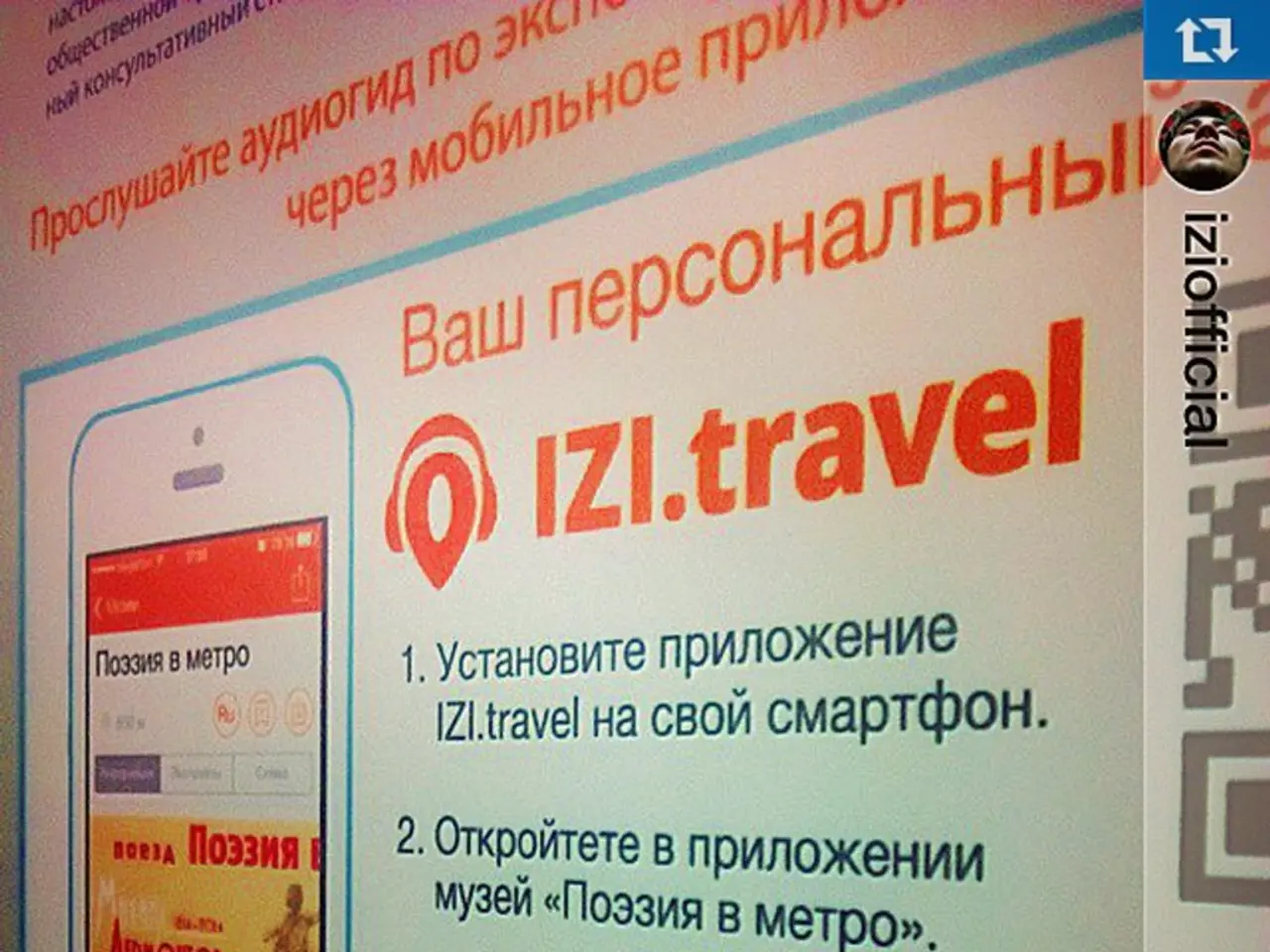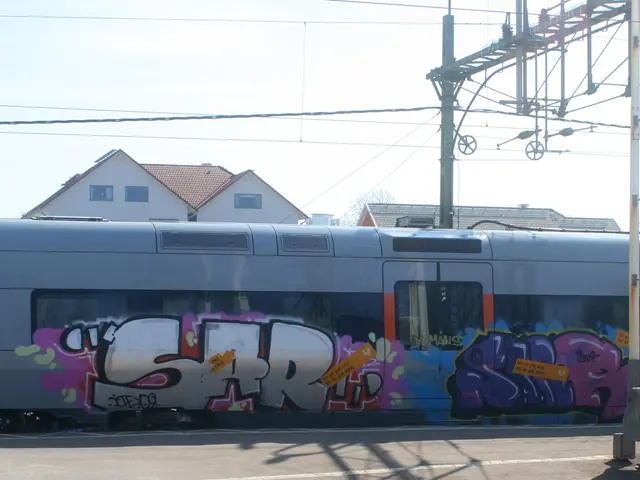Shifting Agency-Client Interactions Result in Reduced Use of Reverse Auctions
In the dynamic world of advertising, a notable trend is emerging: the decline of reverse auctions or procurement-led auctions. These auctions, which were once common in the industry, are becoming less frequent as advertisers and platforms seek more strategic, transparent, and outcome-driven trading models.
The shift away from reverse auctions is driven by several factors. One of the key drivers is the growing demand for control and transparency. Large brands and agencies want real-time optimization, flexibility, and transparency from their media buys, moving away from heavily managed service auction mechanisms.
Another factor is the increasing complexity of the market and the emergence of hybrid ecosystems. While auction-based models still exist, there is a trend towards hybrid platforms that combine marketplace features and a diversity of advertiser types. This diversification is pushing platforms to redesign auction dynamics to drive participation and higher bid density, rather than relying solely on sharp price competition.
Auction fatigue and effectiveness concerns also play a role. Historical evidence from other industries shows that reverse auctions can offer cost savings and faster sourcing, but advertisers in digital media are prioritizing brand safety, contextual targeting, and ROI over lowest cost acquisition alone. This suggests that pure auction competitiveness is not the sole driver of media buying decisions today.
High-profile shifts, such as Amazon's exit from Google Shopping auctions, highlight how dominant advertisers can materially impact auction dynamics. This creates short-term volatility but pushes other brands to rethink strategies beyond auctions, focusing on capturing market share via differentiated tactics and long-term investment.
The decline in reverse auctions may indicate a shift in industry practices. Adweek spoke to nearly a dozen ad agencies about the trend, and they all reported a decrease in the frequency of these auctions. The decision about the client is sometimes made at the last minute, with the pitch turning into a phone auction, a high-pressure process that can lead to stress and burnout among ad agency employees.
The decrease in reverse auctions could be a positive change for the advertising industry. By moving away from purely price-driven auctions, advertisers can focus on strategic, flexible control with integrated, tech-enabled tools that balance price with outcomes and broader business goals. This makes procurement auctions less central compared to emerging hybrid and direct buying approaches.
In conclusion, while procurement-led reverse auctions may have once offered immediate cost savings and increased transparency, they are becoming less common in the digital advertising industry. The shift towards more strategic, flexible, and transparent trading models is a positive development that could benefit both advertisers and agencies in the long run.
Businesses and financial leaders in the advertising industry are moving away from traditional procurement-led reverse auctions, seeking more strategic and transparent trading models, such as hybrid platforms and direct buying approaches. As the industry becomes increasingly complex, both advertisers and platforms aim to capture market share by focusing on brand safety, contextual targeting, and return on investment, rather than relying solely on sharp price competition.




